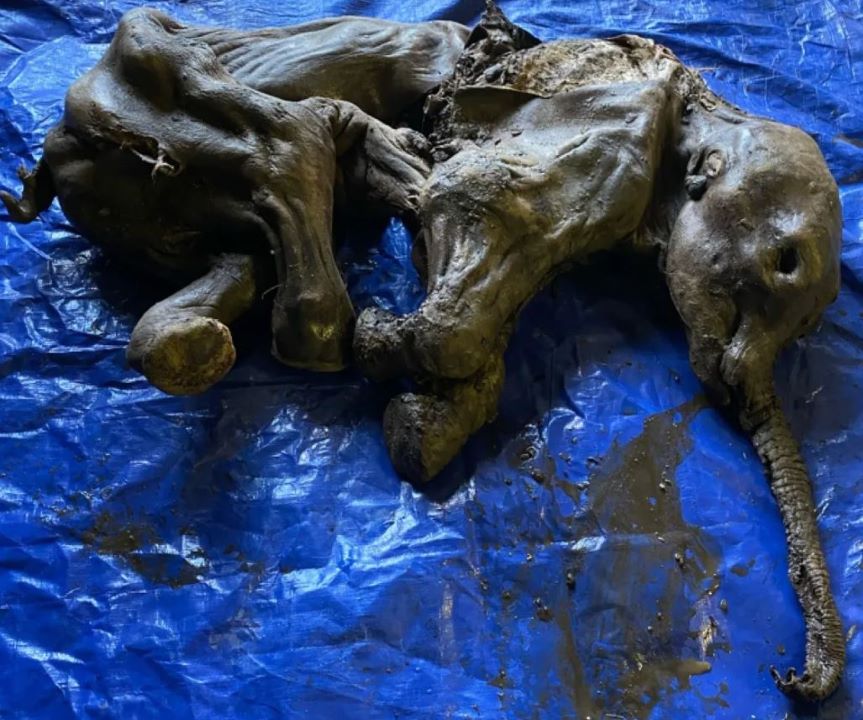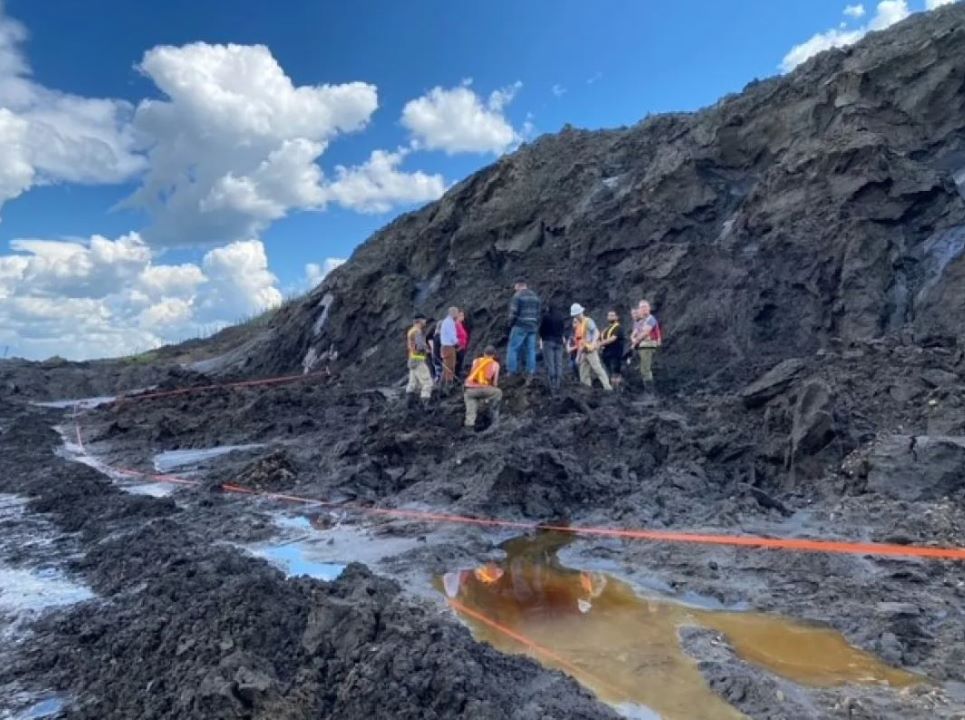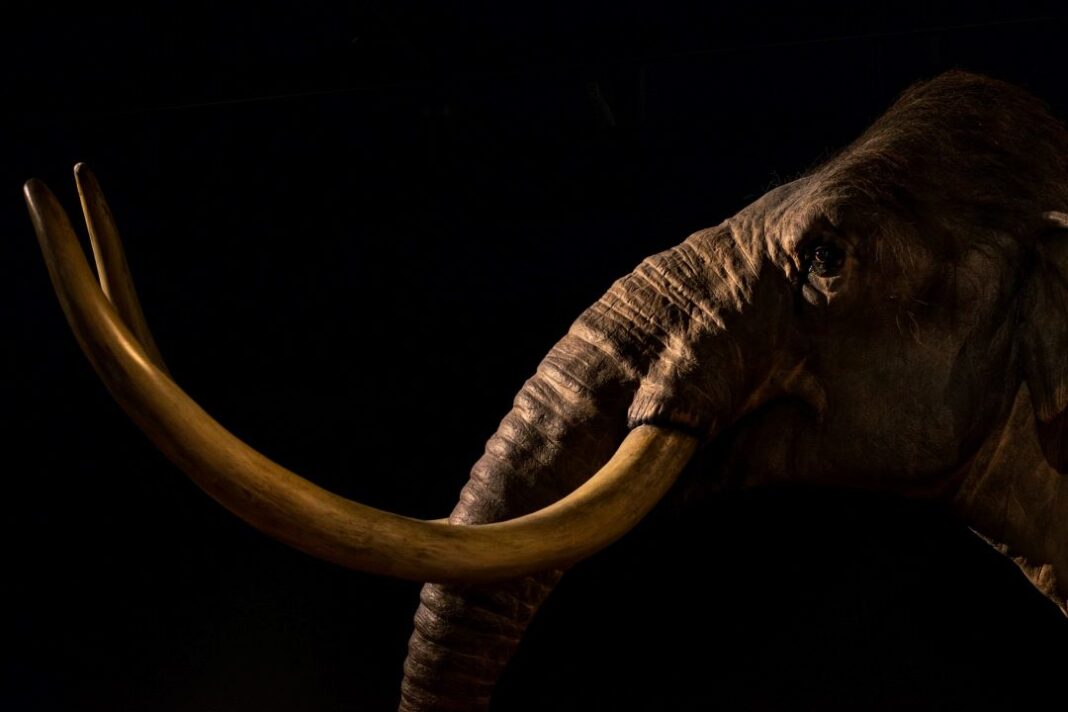“She’s perfect, and she’s beautiful,” the paleontologist said of finding a mammoth lady found in a gold mine in Canada. The miner accidentally stumbled upon the frozen mammoth cub, the first in North America. The cub died more than 35,000 years ago, informed CBC / Radio-Canada.
Gold Mine Paleontological Discovery
A gold digger in the Klondike in northwestern Canada discovered at work an exceptionally well-preserved mummy of a young woolly mammoth, which died more than 35,000 years ago. According to experts, it is about a month-old female woolly mammoth, which apparently died after getting stuck in the mud.

According to Canadian paleontologists, this is one of the most significant finds from the Ice Age on the North American continent. The animal, about 140 centimeters in size, remained almost intact in the permafrost, including its skin and fur. All the details have been preserved – the trunk, the understanding end of the trunk, the ears, and the tail.
The First Mammoth Cub in North America
The mammoth was found on the Eureka Creek gold mine site in the territory of the indigenous people of Tr’ondëk Hwëch’in, and his representatives gave the young the name Nun Cho Ga, which means “cub of a large animal.” According to Dr. Grant Zazula, a paleontologist at the Yukon government, this is the second time he has discovered the entire body of a mammoth cub. The first discovery was made in 2007 in Siberia.

Although it was National Indigenous People’s Day, the doctor managed to find competent people from Dawson City to help work with the unique find. “Two co-geologists, one from the Yukon Geological Survey and the other from the University of Calgary, were able to reach the creek, obtain a furry mammoth cub and perform a complete geological description and sampling of the site,” the CBC informed. Then came a storm that would take the find away without the intervention of experts.
Most mammoths became extinct at the end of the last ice age. However, about 18,000 to 13,000 years ago, they were still found in various parts of eastern Siberia and Alaska. The final extinction of mammoths did not occur until about four thousand years ago, when representatives of the last endemic population on Wrangel Island died.
Source: cbc.ca/news/canada/north/frozen-whole-baby-woolly-mammoth-yukon-gold-fields-1.6501128, featured photo by April Pethybridge on Unsplash, photo credit: Government of Yukon















